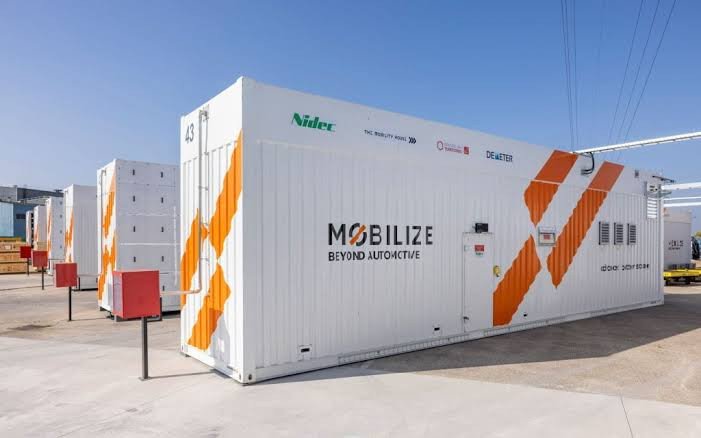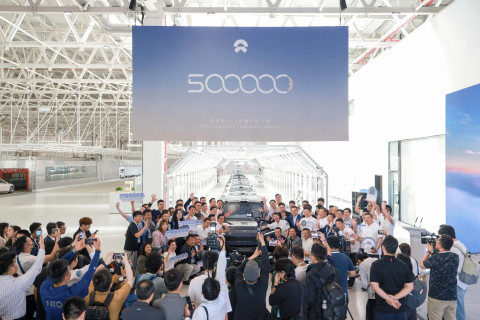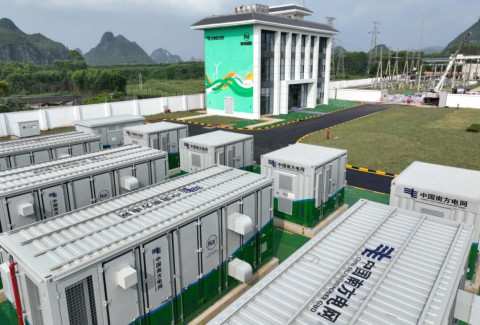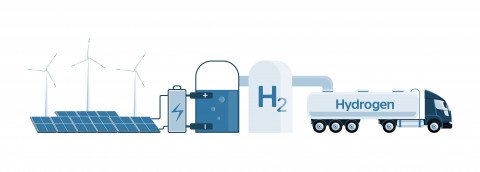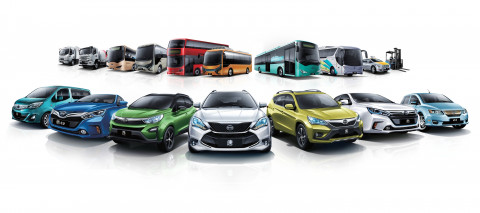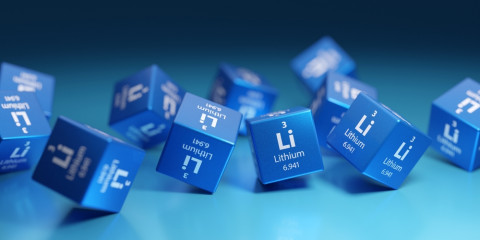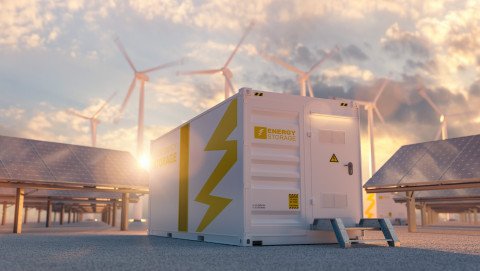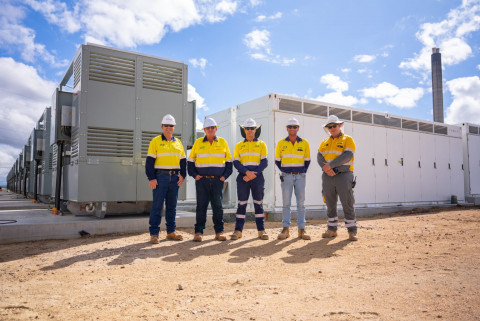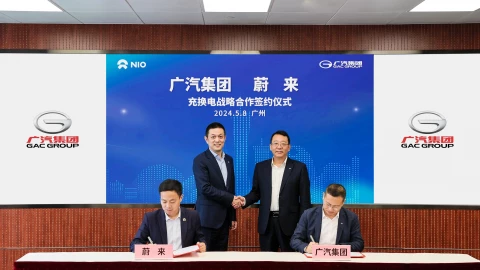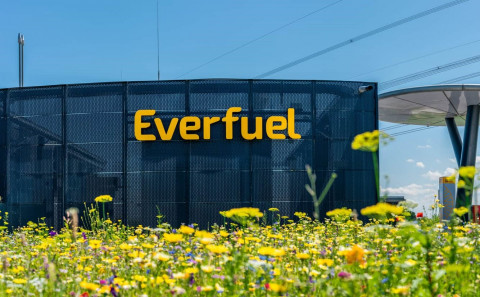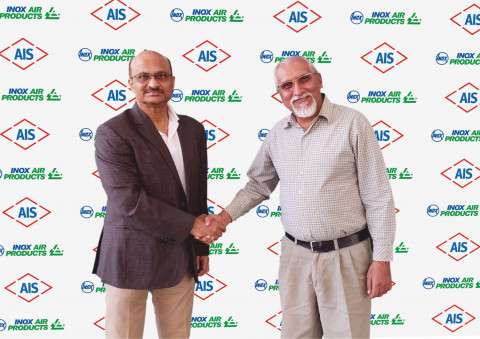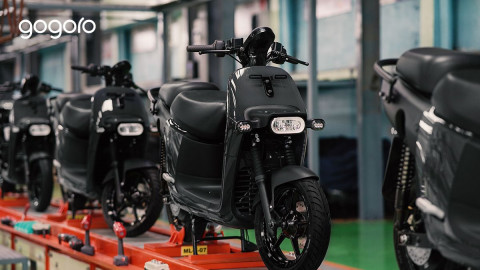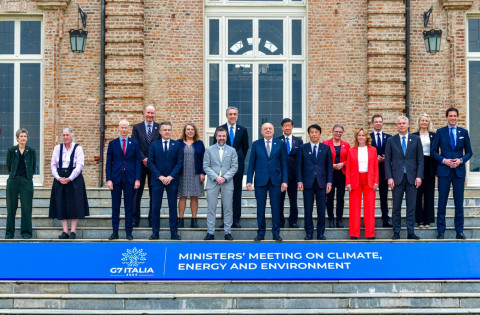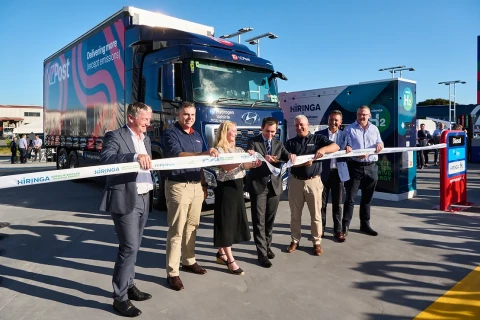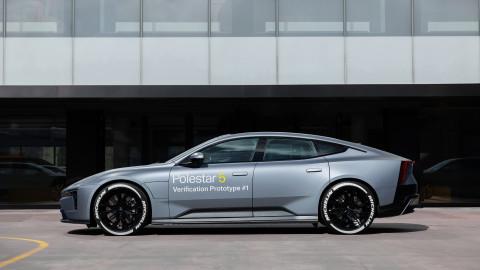Global Progress in 'Green' transition: Middle-East, North Africa (MENA)
Energy storage solutions, whether applied to the power grid or EVs, make systems more flexible and are suitable for meeting low cost, low carbon electricity demands. Following is a glimpse into the energy scenario, energy storage development and, and e-mobility movement around the world, put together by Team ETN.*
MIDDLE-EAST & NORTH AFRICA (MENA)
Energy Storage
The Middle-East and Africa battery ESS market is expected to grow at a CAGR of over 5.2 percent in 2020-2025 period, with renewable energy resource expansion giving a major push. The demand for lithium-ion batteries for ESS in wind and solar projects and for EVs is also steadily growing in the region, although the growth remains negligible in less developed nations, especially in middle and eastern Africa with higher dependency on oil production.
In 2021, Battery ESS account for about 80 percent of total on-grid ESS projects in the region, although this constitutes only 7 percent of the operational ESS energy equivalent to 677 MWh, the bulk of which is installed in the UAE. Despite the fact that the NaS battery technology dominates the battery storage capacity in operation in MENA, Li-Ion battery systems are significantly emerging in grid-scale applications coupled with solar energy systems, ranging from 0.1 MW project in Morocco's Demostene Green Energy Park to 23 MW in Al Badiya Solar-Plus-Storage at in Jordan. Jordan and Morocco, apart from UAE, are the emerging market leaders since the last couple of years.
| MENA Region – Latest projects and highlights |
|
|
|
|
MENA countries aim to generate between 15-50 percent of electricity using renewable energy by 2030, depending on their investment and economic capabilities. Given the region's geo-political and tropical constraints, experts opine that the renewable energy generation requires integration from ESS projects into the power grids for enhanced flexibility and stability.
* This story is part of an exclusive ETN series tracing latest developments in green energy sectors across different global regions. For other articles in the series, use the following thread '2022 Global Progress in 'Green' transition.


